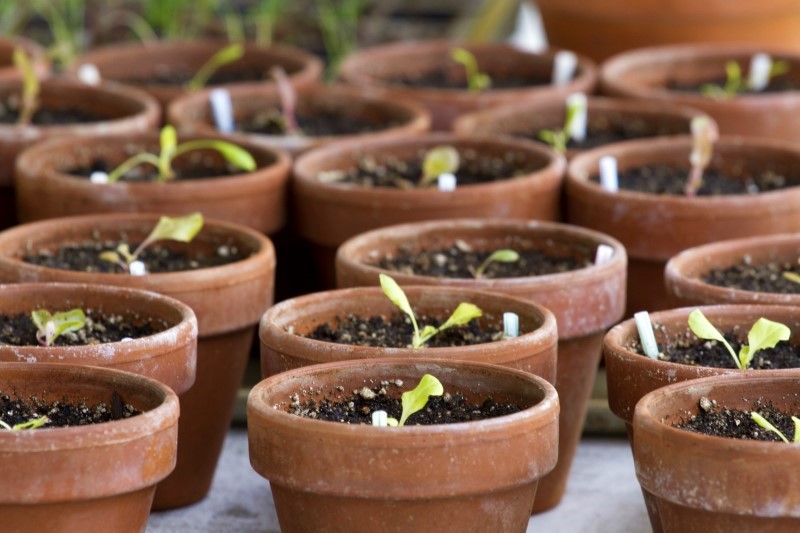March Gardening: Propagating, Planting, and Pruning
By Josh Reilly
Might as well call it “March Madness.” You will be busy this month if you want:
- Spring vegetables in your garden
- Healthy soil
- Copious Spring flowers
- A tidy landscape, with carefully pruned plants, clean paths, raked beds and fewer weeds
Persephone is venturing out from Hades. This month, higher temperatures and longer days make your garden more hospitable to vegetable seedlings. I’ll suggest a few, but please consult resources such as the UC Master Gardeners and University of California Cooperative Extension. Both can be accessed at mbmg.ucanr.edu. You should also try to identify your actual climate zone. The SLV is full of microclimates. You can start with the USDA at planthardiness.ars.usda.gov and Sunset Magazine at sunset.com/garden/climate-zones, but contrary to both, I have seen frost on the ground in May here in Ben Lomond several times. To prepare, secure “frost” cloth to hoops or tent structures over your beds, seed flats, and pots (my strategy this year). Check with Mountain Feed and Farm Supply for Frost Cloth. Monitor forecasts carefully and be ready to plant as soon as nighttime temperatures allow. Bring pots with seedlings under your roof eaves and move them into the garden in April. Or you can gamble. We are trying this with the Arugula and some succulents. I’ll let you know.
Anyway, here are your suggested March vegetable plantings. Except as noted, all may be started from seed or seedling in March. Try Arugula, Beets, Bok Choy, Broccoli, Cabbage, Carrots, Collards or Mustard Greens, Dill, Fennel, Kale, Potatoes, Radishes, Parsley, Peas and Spinach. You can probably get away with planting Cilantro and at least some kinds of lettuce from seed.
March is the time to prune for Spring flower and foliar growth. Lop off those spent Lavender stalks from last Spring. Cut that bushy Artemisia or leggy Lemon verbena back by 50 – 75%. Remove whatever is left of last year’s perennial lupine flower stalks. Cut mint and thyme all the way back to the base. Prune Salvias according to their growth habit. Those with a sprawling bush form, with short, leafy stems, smaller leaves and flowers throughout, such as S. greggii, S. micorphyla and S muirii, may be pruned back 50% in March. Pro-tip: that popular brute, Salvia “Hot Lips” will happily endure two such shearings per year. Others, like Salvia “Mystic Spires (S farinacea cv) or the very popular Mexican Bush Sage (S leucantha) bear flowers on long stalks above the foliar part of the plant. You may cut these down to 4” stumps and leave the low, bushy part of the plant. You read that right. Those long stalks from last year either won’t flower as well, this year or won’t flower at all. If it helps, think of the plants like sleepy acolytes at dawn zazen and yourself as the zen master. Whack as needed, to stimulate growth. The end point is natural serenity and beauty, either way. Sprawlers like Germander sage (S chamaedryoides), should have flowering stems removed and side shoots dug out of the ground and root-pruned.
Once everything is pruned back, there will be lots of bare soil. Good time to add compost and mulch. Remember that drought-tolerant Mediterranean plants (like the Salvias mentioned above) prefer a lean, dry, mineral soil. Consider using gravel to mulch these plants. Wood chips and compost will absorb moisture and provide a good growth medium for fungi. This is good when we are talking about beneficial soil fungi. But decaying plant matter under these dry-adapted plants may work against them, by harboring their fungal antagonists. If you mulch with organic matter of any kind, do so around, not under them. Save the organic matter for roses, fruit trees, vegetables and “heavy-feeders”. With gravel or wood chips, make sure to apply a layer 2 to 4 inches deep. Weeds won’t even notice anything less.
Josh Reilly, aka Uncle Skip, writes about seasonal gardening from his home in beautiful Ben Lomond, California.
Featured photo Deposit Photos
The San Lorenzo Valley Post is your essential guide to life in the Santa Cruz Mountains. We're dedicated to delivering the latest news, events, and stories that matter to our community. From local government to schools, from environmental issues to the arts, we're committed to providing comprehensive and unbiased coverage. We believe in the power of community journalism and strive to be a platform for diverse voices.





